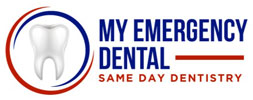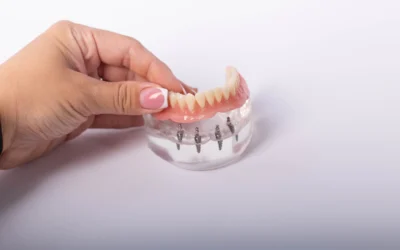We’ve come a long way in dentistry. Gone are the days of a pair of pliers and a bottle of whiskey. Dentistry is now relatively painless, very safe, and no whiskey is required. We won’t judge you if you bring some, but we will require a designated driver.
The majority of your dentist visits won’t require any sort of anesthesia. But, from time to time there are more in-depth procedures that will be much easier if there is some help with the pain. These procedures include:
- Root canal
- Tooth extractions
- Wisdom teeth extraction
- Dry socket or infections
- Implants
- Jaw surgery
If one of these adventures is in your future, then you might want to consider anesthesia. Is it possible to experience these procedures without anesthesia? Of course, but we wouldn’t recommend it! There are three main types of anesthesia, each offering different experiences, and considerations:
1. Local Anesthesia
Local anesthesia keeps the pain control local, right around the area where the work is being performed. A needle is used to inject the numbing solution into the gums, and it takes some time to reach full efficacy. They can often put some numbing gel on the gums before the injection, so even that needle won’t hurt. This is the most common anesthetic option for procedures that aren’t too invasive.
If more reassurance is needed, local anesthesia is sometimes paired with nitrous oxide, otherwise known as laughing gas. This just helps with nerves but does not fully sedate you. The effects wear off rather quickly.
Note that if your mouth is numbed for oral surgery, you will want to be careful with chewing until the sensation returns.
Who Might Want It:
If dental work doesn’t cause anxiety in general, a local anesthetic might be a great match. It removes the pain, but you are awake and alert the entire time, with minimal effects afterward.
Who Might Not:
If needles are a problem, then knowing one is going into your gums might cause high anxiety. This also might not be a good match for patients who already struggle with anxiety around dental visits.
2. IV Sedation
This also involves needles, but it is in your arm, which can be easier to accept than your mouth. This is the middle-of-the-road option. The IV will give the patient mild sedation, resulting in relaxation and calm during the procedure without putting them completely to sleep. There generally won’t be many memories of the procedure, but you will come out of IV sedation more quickly and with fewer side effects.
Who Might Want It:
Sedation could be a great fit for someone a little anxious about the procedure but does not want to be completely under. It also might be better for a procedure that has the possibility of taking longer.
Who Might Not:
Needles again. There isn’t a way to avoid needles if you are going to have anesthesia during dental work. But with IV sedation, you are slightly more aware of what is going on and if seeing a needle in your arm will be upsetting, this method might not be the best fit.
3. General Anesthesia
This is the kind of anesthesia that you would experience in any major surgery. You will be completely unconscious for the duration of the procedure. It is a stronger sedation cocktail and it affects people differently.
If you opt for general anesthesia, you’ll need a designated driver to get home. You will feel the effects of the sedation for a while, and it won’t be safe for you to drive home afterward. This is the sedation that makes those hilarious wisdom teeth videos. You know the ones.
Who Might Want It:
If you have high anxiety about dental work, this could be the option for you. It will definitely relax you. General sedation means no awareness or awake time during the procedure at all. This is a good choice for patients who have no desire to know what is happening. They just want the work done. They will wake up when it is over.
Who Might Not:
Some people struggle with general anesthesia. Hence those crazy wisdom teeth videos. But, it isn’t always fun for everyone. General anesthesia can cause emotional and physical side effects. If you want complete sedation but have never experienced it before, just make sure you don’t go to the dentist alone. It will be helpful to have someone you trust nearby to help you in case you struggle with coming out from under the anesthesia.
We understand that going to the dentist can be a nervous experience, eliminating pain from the process will go a long way in easing the nerves. If you need a procedure done, talk to your dentist carefully about the process and your options.
Take time to find a dentist that makes you feel comfortable and then take your time to pick the anesthesia option that is a good fit for you. The days of whiskey and pliers are behind you, no badges are being handed out for bravery. The goal is to get the work done as quickly, safely, and easily as possible. Everyone gets a free toothbrush, that’s enough of a prize!



